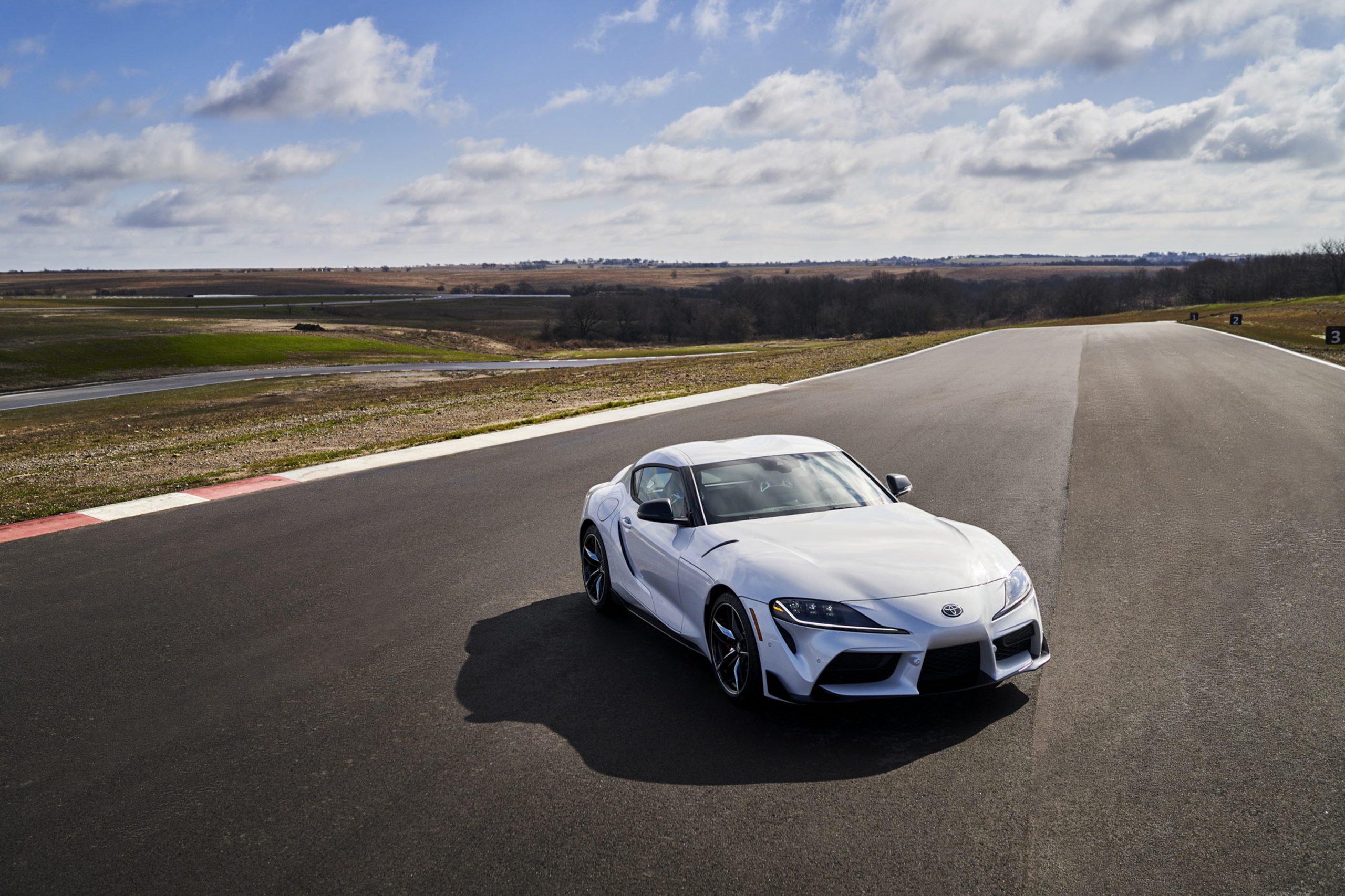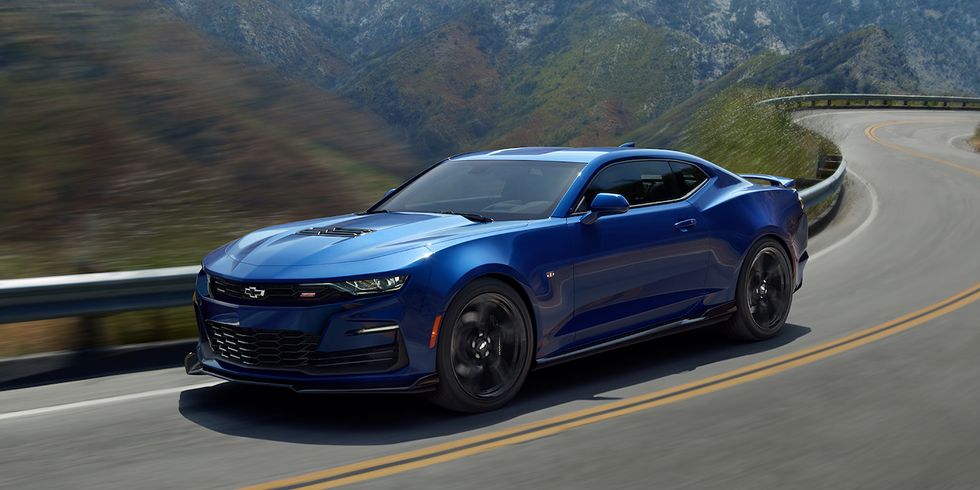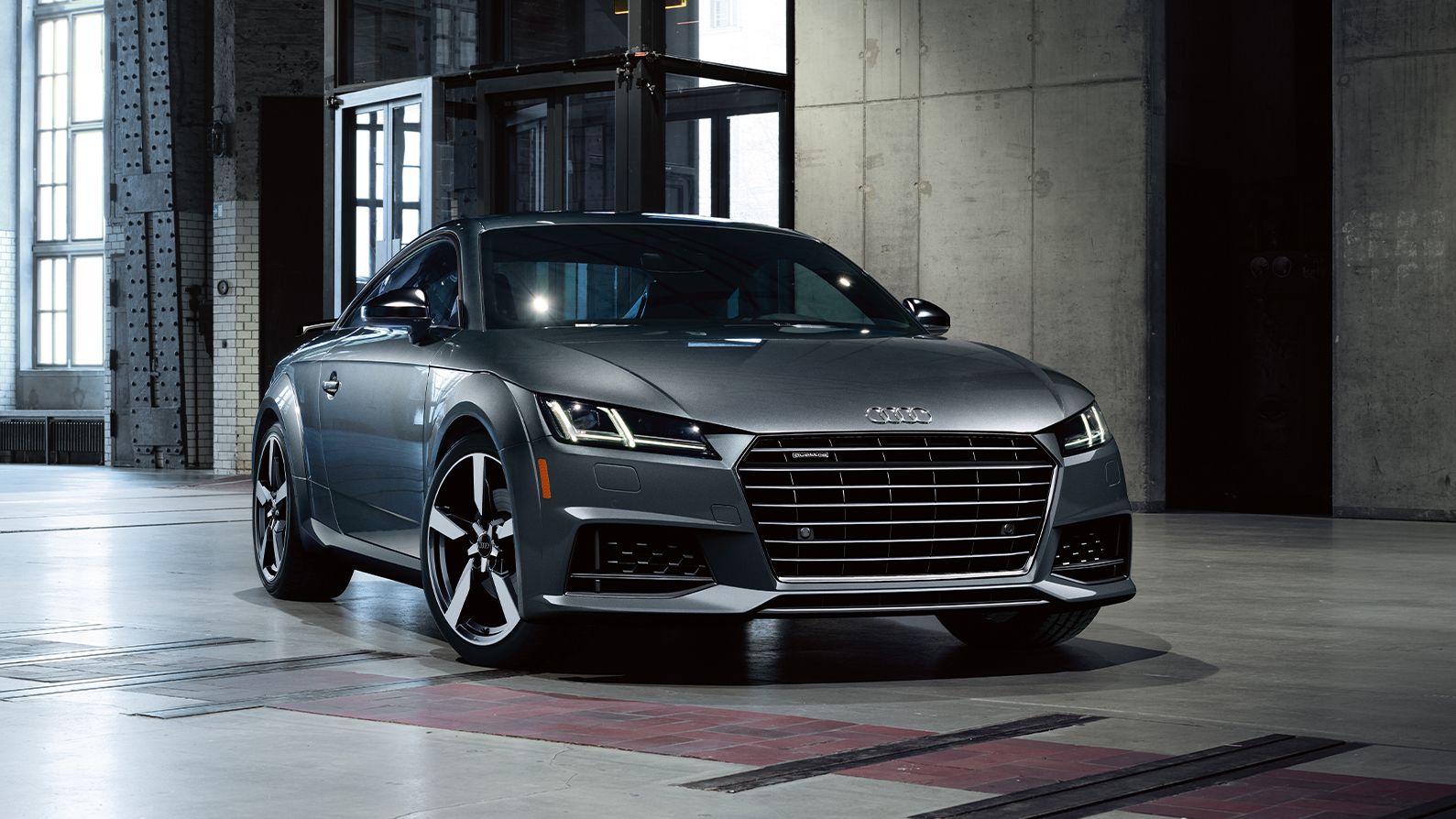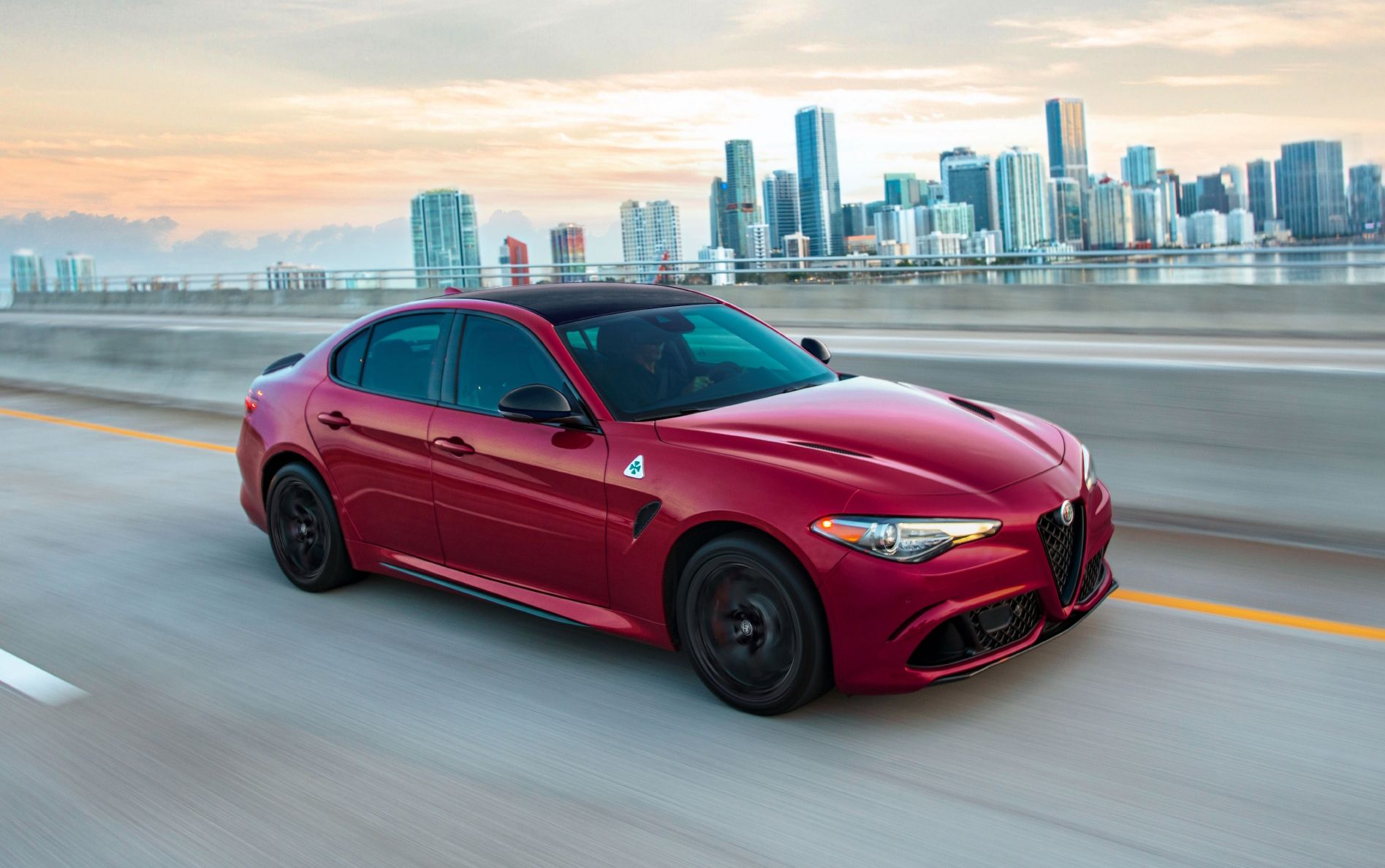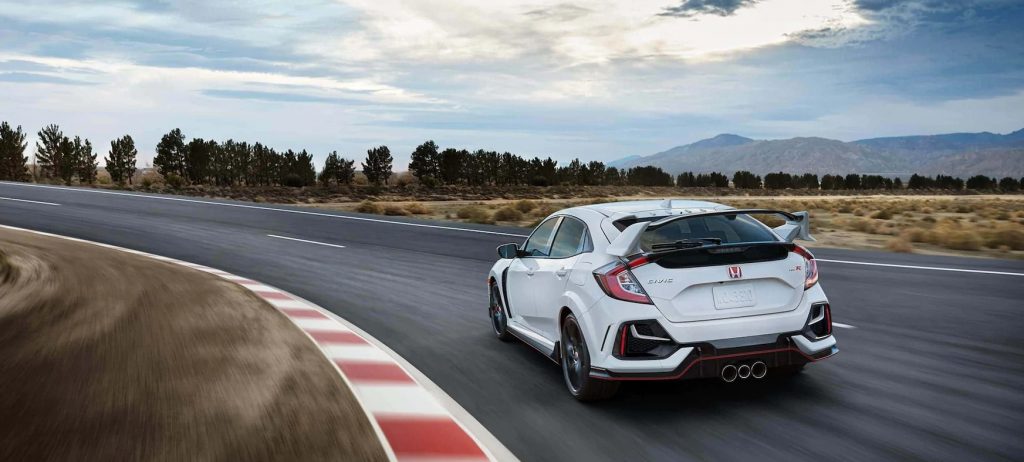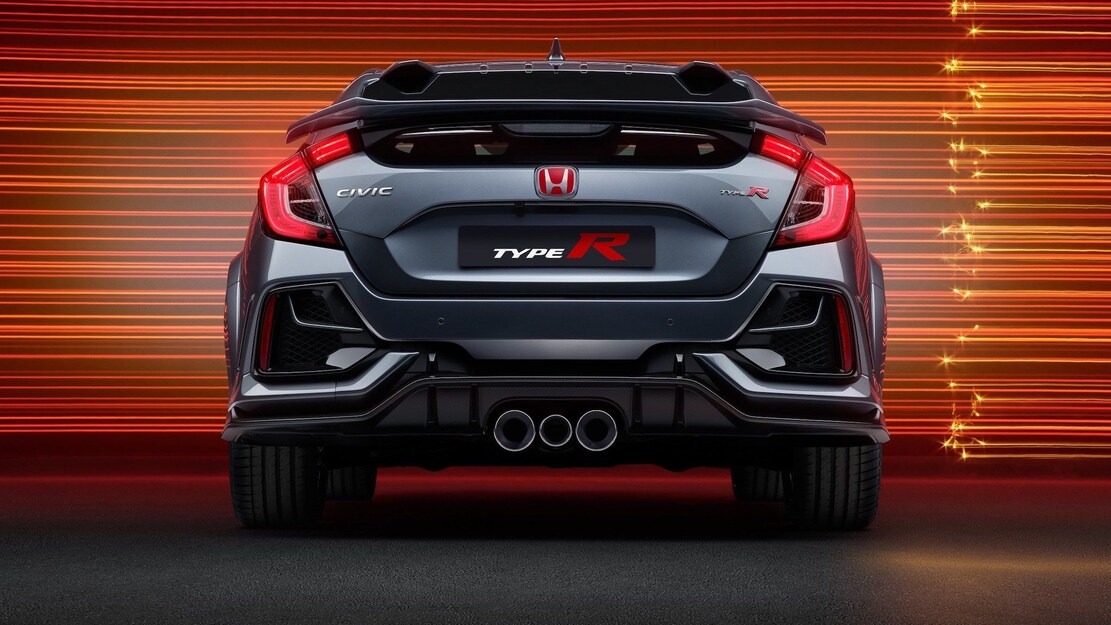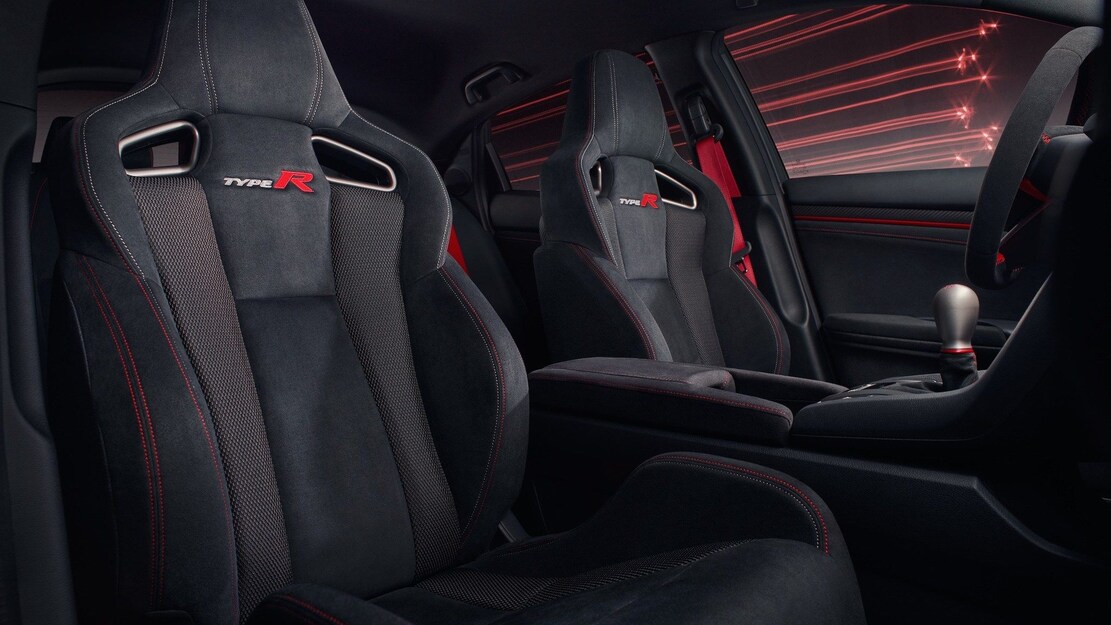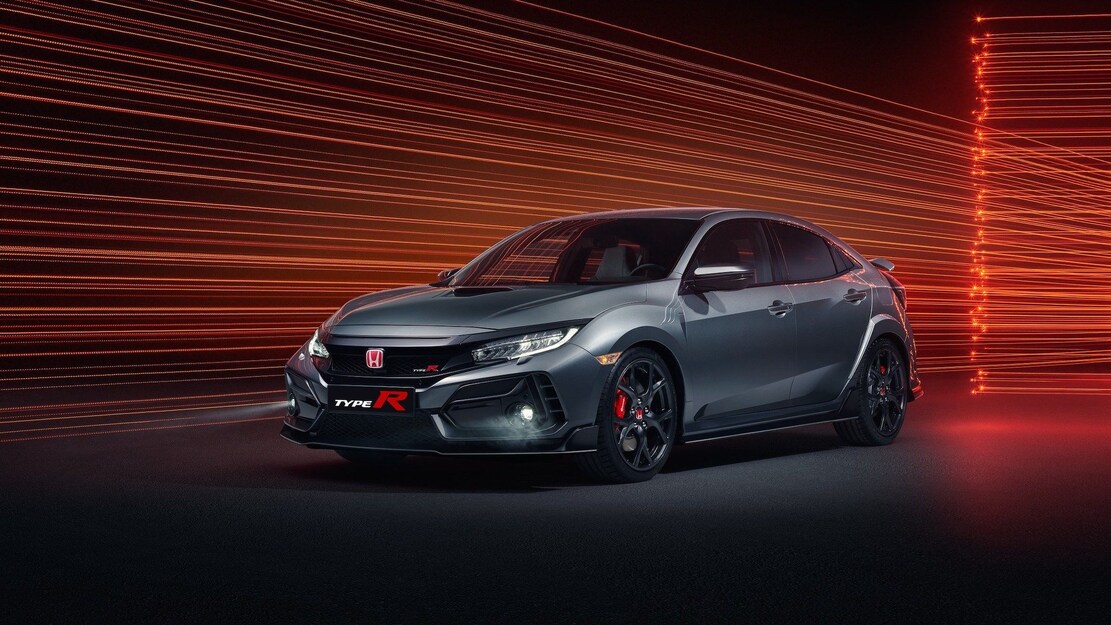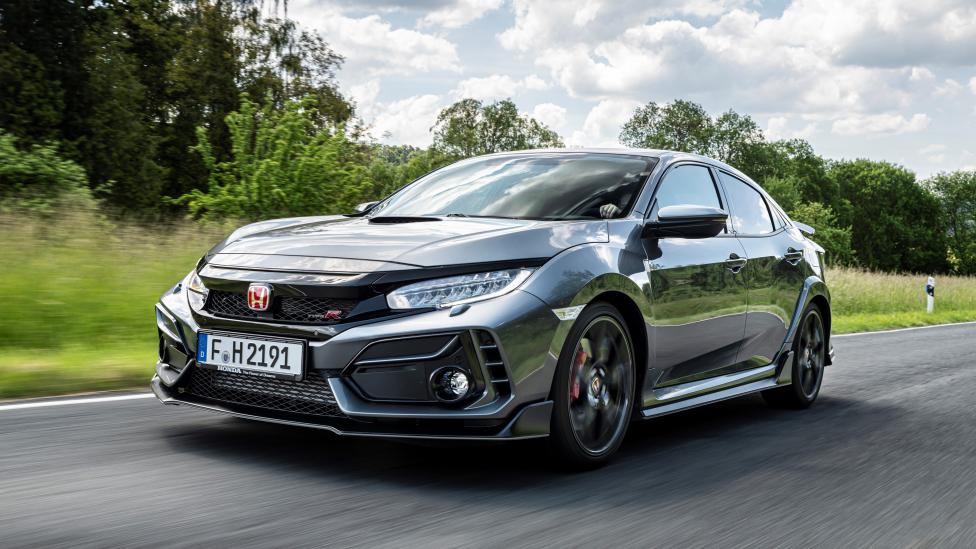Best New Sports & Performance Cars < $50K USD
It is my belief that the vast majority of true automotive enthusiasts are simple and pragmatic folk. This is by no means an evaluation of one’s IQ or financial means; rather, it’s an assertion that a good sports car only needs to deliver on some very basic but necessary principles.
Of course, the most important of those principles would be that the car provides an engaging experience and is fun to drive. Affordability will inevitably factor in as well, based on varying budget allowances—but for the most part, anything above and beyond that is kind of just fluff.
Needless to say, for those who enjoy a spirited drive in the canyons or a quick jaunt around town, just about any car that fits the aforementioned criteria will do just fine. A $30,000 sports car brimming with the right qualities will invariably offer the same sensations as a $200,000 supercar in those circumstances.
Sure, the supercar is going to accelerate faster, turn sharper and have a more exotic disposition, but this isn’t a competition for the best lap times; at this point, it’s all about how many grins and smiles were achieved.
Even in a motorsports setting, many of the cars on this list have built a reputation for offering superior bang-for-buck when it comes to the outcomes they produce during weekend track days or high performance driving events. When properly driven, any of the cars we’ve selected can give an exotic car a run for its money, subsequently giving the owners of those vehicles something to think about when the go to sleep at night—and it’s priceless moments like those that can be the most meaningful.
Here are the best new sports & performance cars under $50K USD.
Honda Civic Type R
Price:
Those who know me know how much I love this car. The Honda Civic Type R is the quintessential example of how performance and affordability can be synonymous, and I experience this with regularity on the race track as both a driver and observer.
The CTR continues to be powered by Honda’s most advanced K series engine to date—the turbocharged K20C1—which sends up to 306 hp @ 6,500 rpm and 295 lb-ft of torque @ 2,500 rpm to the front wheels.
New for 2021 is a Sport Line trim, which looks to scrap original car’s boy racer image, with a more refined and grown-up persona to take its place. This is an evolution of visual details above all else, with the absence of a large rear wing being by far the most notable difference. The Sport Line trim is, however, exclusive to European markets for now.
Ford Mustang GT
Price:
- $37,480 USD (GT)
- $41,480 (GT Premium)
The Ford Mustang GT is the most powerful entry on this list, producing 460 hp from its 5.0L naturally-aspirated V8 engine. While there’s a natural tendency to immediately compare it to other American cars in its category, the Ford Mustang GT also provides legitimate competition for the European heavyweights that operate in the affordable-high-performance-car space.
This is in large part thanks to an interior that’s on par with the very best available in this price range, while an advanced chassis—complimented by more standard safety, convenience and comfort features than ever before—really elevates the car into a fearsome contender in the grand touring playing field.
Stepping up to the GT Premium trim doesn’t improve performance, but it does provide a number of interior upgrades, such as a 9-speaker audio system and heated/ventilated seats.
Toyota GR Supra 2.0
Price:
- $43,190 USD
While the sub-$50K restriction means that only the base model Toyota GR Supra qualifies, it still makes it onto this list because, well, the base model Supra is still a supremely good car.
Yes, the 382 hp 3.0L turbocharged straight-six version is a much more seductive proposition, but the 255 hp 2.0L turbocharged inline-4 in the base car will do just fine for those who have idealized the Supra’s chassis and appearances above all else. After all, you’re still getting an ideal 50:50 weight distribution, along with Adaptive Variable Suspension featuring a double-strut spring front suspension up front and multi-link suspension in the rear.
Only adrenaline junkies would find all that extra power useful in any way, and unless they’re on the race track, it’s probably not for legal purposes either. All of this allows the Supra to occupy a very attractive low-$40k entry in to the market, which is impressive for a car that bears such an iconic name.
BMW M240i
Price:
- $47,345 USD (sDrive)
- $49,545 USD (xDrive)
The BMW M240i is probably my favorite car on this list. Not only does the compact sports car boast a powerful 382 hp 3.0L turbocharged inline-6, but it’s available in both rear-wheel drive (sDrive) and all-wheel drive (xDrive) configurations, allowing the car to excel in just about any situation its owner demands.
The M240i is remarkably agile (as you would come to expect from such a taut figure), with a retuned suspension, larger brakes, variable-ratio steering system, and electronic rear-diff coming standard on the model.
The lower-trim 230i offers the same sensations as its M counterpart, but we’re going to go ahead and suggest you look exclusively at the M240i if you’re willing to spend around $50K on a car. Besides, forgoing the M240i will have you wanting all the things the 230i can only provide so much of.
Chevrolet Camaro LT1 / SS
Price:
- $35,195 USD (LT1)
- $38,695 USD (1SS)
- $43,695 USD (2SS)
The Chevrolet Camaro LT1 is the model’s first foray into V8 territory, which allows it to offer a relatively low-priced entry into the world of 8-cylinder performance. Already producing as much as 455 hp from its 6.2L naturally-aspirated V8 engine, the LT1 is a fantastic choice for those who want an unadulterated, no-nonsense sports car.
Stepping up to the 1SS and 2SS models doesn’t add any more power, but it provides more performance and convenience amenities—such as a transmission cooler, rear Brembo brakes, magnetic ride control, wider wheels, a different front bumper, and a standard 8″ touchscreen.
The Chevrolet Camaro LT1 and SS trims provide a modern interpretation of the iconic American muscle car, while packaging it in an everyday-livable package.
Mazda Miata
Price:
- $26,830 USD (Sport)
- $30,290 USD (Club)
- $31,770 USD (Grand Touring)
The Mazda Miata has long staked its claim to being the world’s most beloved “driver’s car”. Despite being unapologetically simple and perpetually affordable, none of this has overshadowed the Miata’s capability and reputation as a fun-packed roadster over the past 3 decades.
Now in its fourth generation (ND), the latest Miata continues to embody all of that spirit while incorporating the latest automotive technologies, making for an even better performer without any penalty to its well established charisma.
All current Miata trims (Sport, Club, Grand Touring) are equipped with the same 181 hp 2.0L naturally-aspirated inline-4, though we would highly recommend going with the Club trim as it is the only one which offers the Brembo/Recaro/BBS package as an option. This would make it the sportiest model out of the three.
Tesla Model 3
Price:
- $44,990 USD (Rear-wheel Drive)
- $50,990 USD (Long Range)
- $58,990 (Performance)
The Tesla Model 3 itself is a pretty revolutionary car, offering a currently unrivaled combination of performance, utility, range, and price. While our price ceiling restricts us to the Rear-Wheel Drive model (which uses a single electric motor), upgrading to the Long Range ($50,990) and Performance ($58,990) models would only take you just over the $50K mark, so they are certainly worth mentioning as well.
Aside from their dual-motor electric drivetrains offering better performance, these cars offer better range as well. The Long Range and Performance models offer well over 300 miles of range, while the Rear-wheel Drive is good for around 272 miles.
The Performance model would obviously be our pick of the lot, with its 450 hp and all-wheel drive allowing the car to accelerate from 0-60 mph in an impressive 3.1 seconds. It also benefits from a more sporty suspension, better better brakes, stickier tires, and a selectable Track Mode.
Audi TT Coupé
Price:
- $49,800 USD
Ok, so the Audi TT only meets the criteria by a hair, and consideration of taxes, freight and other fees will certainly take it above the $50K mark. Nevertheless, we feel that it’s important to mention it on this list, as the Audi TT is still amongst the lowest priced cars in the luxury sports car category and it deserves to stand out. After all, its 228 hp 2.0L TFSI engine is class-leading, and you can always count on Audi’s craftsmanship and interior build quality.
While there’s always that temptation to describe the typical luxury sports car as “dull”, “numb” and “soft” , the Audi TT is anything but. It has sharp, agile handling character and possesses the driving dynamics of much more expensive cars.
While we’re obliged to recommend the RS trim—as it turns all of the above up to 11—we would be well into $70K territory, and that would be a big no-no for the purposes of this list.
Mini Cooper JCW GP
Price:
- $44,900 USD
Dishing out north of forty-five grand for a Mini Cooper seems a bit hefty, but the John Cooper Works (JCW) GP is not your typical Mini Cooper, nor is it an ordinary car by any stretch of the imagination.
In fact, the JCW GP has extraordinary performance to go with its extraordinary appearance, with 301 hp produced from its compact but robust 2.0L turbocharged inline-4 engine. Arguably, that’s not even the most notable feature, as extroverted carbon fiber fender flares and a rear seat delete transform this Mini Cooper from cutesy-car to bold-showboater.
It has every right to beat its chest too, as it is one of the quickest production front-wheel drive cars in the world, able to crush the 0-60 mph benchmark in just 4.7 seconds. Its direct competitors are the likes of the Honda Civic Type R and Hyundai Veloster N, but as few would expect, the JCW GP is the most extreme of those, and would be more at home on the race track than on public streets.
Alfa Romeo Giulia
Price:
- $39,400 USD (Base)
- $40,795 USD (Sport)
- $41,345 USD (Ti)
- $43,845 USD (Ti Lusso)
- $44,345 USD (Ti Sport)
After an overhaul of the model in 2020, Alfa Romeo focused on smaller and more subtle improvements to the Giulia for the 2021 model year. Across the board, this means nicer interior materials, a new touchscreen infotainment system, and additional active-safety tech, which bring Alfa Romeo’s core sedan inline with its competition.
They sound like small changes, but together they make a huge difference. Alfa Romeo has raised the standard on its luxury and technology components—and you can see it, feel it and experience it.
There are five trim levels for the Giulia, each of which start under the $50K mark. All of them use the same 280 hp 2.0L turbocharged inline-4 engine, with upstream trims offering more high-end amenities such as larger alloy wheels, 14-way power seats, luxury leather finishes, and more sporty features.
Kia Stinger
Price:
- $33,090 USD (GT-Line)
- $39,590 USD (GT)
- $45,490 USD (GT1)
- $50,390 USD (GT2)
While the Kia Stinger hasn’t uprooted the market like some thought it would, it is still one of the most attractive buys in the luxury small car class. It looks impressive, performs well and is priced about the same as most non-luxury brands’ comparable offerings.
It has been widely praised by the automotive press and generally receives high marks in all categories. That is what you would expect from luxury cars that command luxury prices, but you can get into a Kia Stinger for as low as $33,090.
That’ll get you the peppy 255 hp 2.0L turbocharged inline-4 GT-Line model, but stepping up to the GT, GT1 and GT2 trims will unlock the 3.3L twin-turbocharged V6 engine which produces 365 hp. This transforms the Stinger from sporty 4-door to athletic sports sedan, with the performance-oriented models also benefiting from a more robust suspension and bigger brakes.
Cadillac CT5-V
Price:
- $47,795 USD
The Cadillac CT5-V is another car that just manages to cajole its way onto this list, being a smidge under the $50K threshold. The V-series transforms the otherwise underwhelming mid-sized luxury sedan from an uninspiring point-A-to-B-er into a muscular American saloon.
Spearheading this evolution is a 360 hp 3.0L twin-turbocharged V6 engine mated to a 10-speed automatic transmission. The V also benefits from magnetorheological dampers and stickier Michelin Pilot Sport 4S tires as standard fare, helping to provide drivers of this souped up CT5 with a more engaging experience centered around improved handling dynamics.
At under $50K before options, the CT5-V offers excellent value and costs less than its direct competition, which is comprised mainly of the luxury German marques.
Toyota 86 / Subaru BRZ
Price:
- $26,985 USD (86)
- $28,845 USD (BRZ)
After much speculation, Toyota and Subaru recently confirmed that there will be a second generation of the popular sports car ‘twins’, which should be released sometime during 2022. Both companies will continue to co-develop and co-produce their own versions of the car, as they have done for the now-outgoing platform.
Naturally, there will be some improvements to the new car—most notably in the power department—but this will likely come at a higher sticker price. This means the current BRZ and 86 remain a strong buy, and we should also expect some special edition trims to be released before production comes to a close.
Some dealers may be incentivized to clear inventory in preparation for the new generation, so there may be some bargains to be had here, too. Either way, the hugely popular and affordable coupe and its ideal marriage to its 205 hp 2.0L naturally-aspirated boxer-4 engine is in no need of a new value proposition.
Mercedes-AMG A 35
Price: $46,900 USD
The Mercedes A-Class range may be the company’s entry-level offering, but once you give it the good ol’ AMG treatment, you can count on it being an impressive car. That’s where the Mercedes-AMG A 35 comes in, with the range-topping model getting an upgraded 2.0L turbocharged inline-4 engine which produces 302 hp and 295 lb-ft of torque.
All-wheel drive is also standard, as is a seven-speed dual clutch transmission, making for a package that starts to sound like a bargain at the sub-$50K mark. The optional adaptive suspension will take it above that territory, but this will be justified by the transformative nature it provides to the A 35’s handling and agility.
While there is certainly a plethora of AMG options which offer more performance, the A 35 is a highly desirable and capable option in the category in which it competes.
Dodge Charger R/T / Challenger R/T
Price:
- $40,950 USD (Charger R/T)
- $38,825 USD (Challenger R/T)
If you want V8 power for under $40K, then a Dodge Challenger (coupé) is your only choice. The Charger (sedan) comes in at just north of that mark. However, we don’t believe that anyone should feel as though they’re being pigeonholed into a decision, as they are both excellent cars on their own merits.
After all, the R/T trim in both platforms come equipped with a 5.7L naturally-aspirated hemi V8 which produces 370 hp. Amongst the other trims available, it really hits that “sweet spot” in the lineup, as it slots in between the economical V6 models and the more bonkers Scat/Hellcat versions.
The aforementioned Scat Pack will still keep the cars at around the $45K-$50K mark, but we feel that the R/T is a much better all-rounder and will certainly appeal to more buyers who are cross-shopping in this price range.




